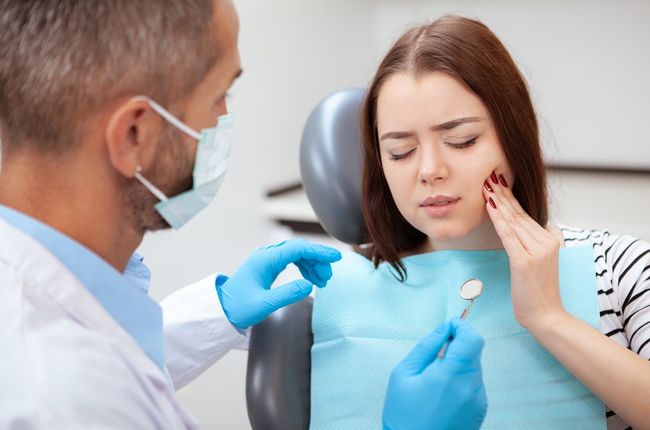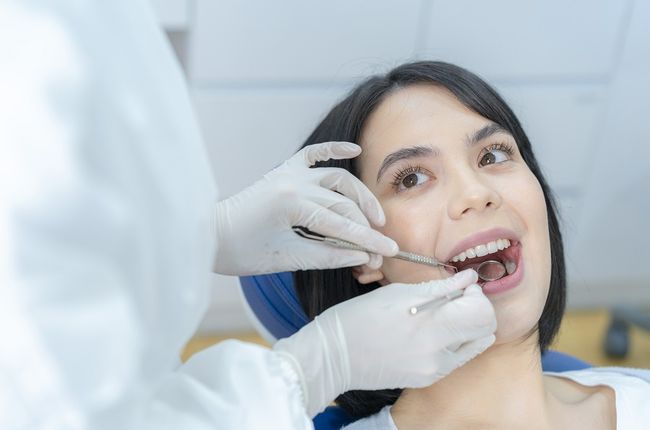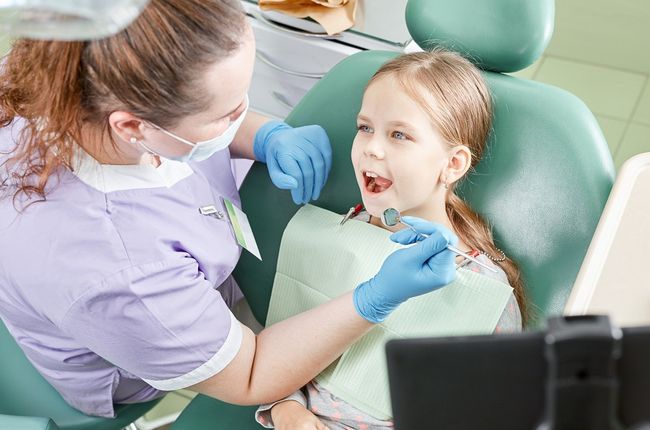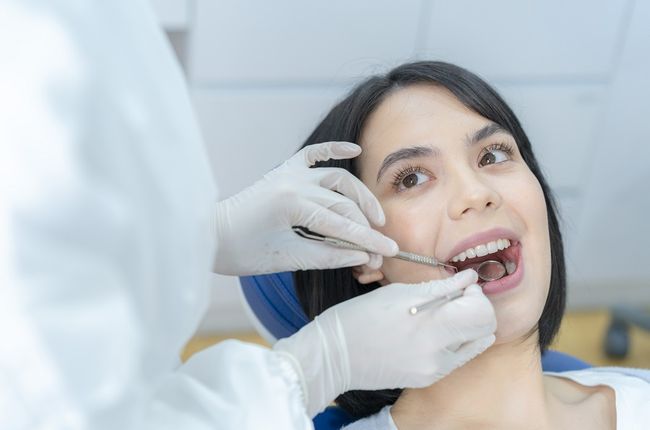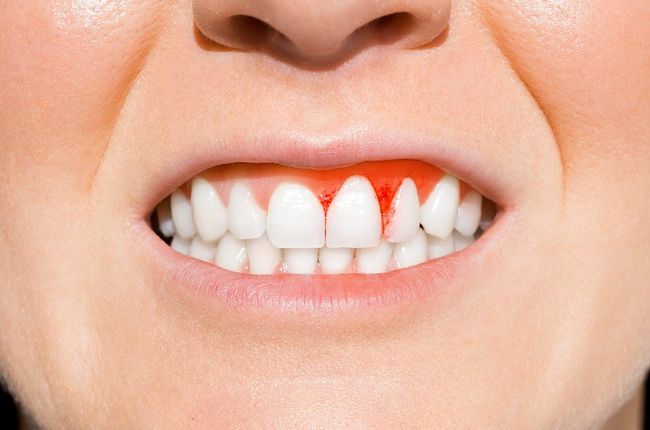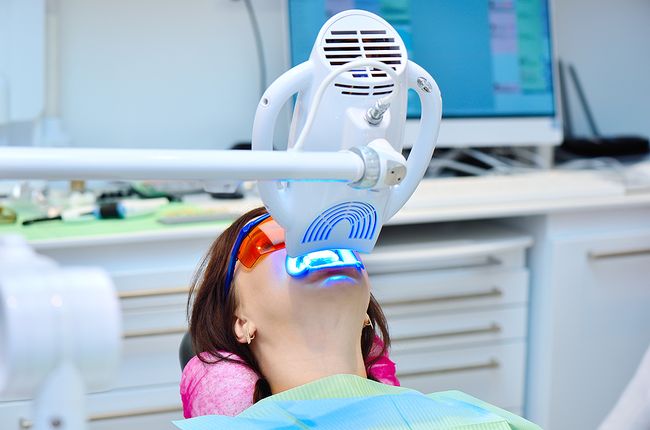Dental Bridges
There are many causes of missing teeth – accidents, injury, trauma, disease, etc. Some people have missing teeth due to congenital conditions. Opting for dental bridges may be a suitable treatment for all these cases.
Dental bridges are a restorative option for one or more missing teeth. As the name suggests, they bridge the gap left by your missing teeth, thus improving your smile and oral functionality. A bridge is made of crowns placed on either side of the missing teeth supported by pontics that we fix in place.
Why Opt for Dental Bridges?
Your teeth work together, and if any or a few of them are missing, the nearby teeth move into this empty space. Likewise, the teeth in your opposite jaw may also move up or down towards the empty space leading to various difficulties like bite problems, difficulty chewing the food, pain due to extra stress on teeth and jaw. Not only this, but missing teeth may also affect your aesthetic appearance and make you feel conscious about your smile. Dental bridges treat all these concerns and provide long-term treatment.
What are the Benefits of Dental Bridges?
- Dental bridges solve all your bite problems.
- They prevent your remaining teeth from moving out of the place.
- Bridges restore your ability to chew and speak, smile, and perform other regular oral activities.
What are the Types of Bridges?
- Conventional Bridges
They include two crowns or abutments that anchor your prosthetic teeth. Conventional bridges can be both – fixed and removable.
- Cantilever Bridges
They require only one crown. When compared to traditional crowns, the procedure is less intensive.
- Maryland Bridges
They are the most conservative dental bridges where the restoration is anchored by porcelain or metal frameworks attached to the back of your teeth on either side of the gap. They preserve healthy teeth in the long run.
- Implant-Supported Bridges
As the name suggests, they use anchors in the form of dental implants. They may be expensive, but they are the most secure type of dental bridge.
What Happens During the Procedure?
During your first appointment, we reshape your abutment teeth by removing the part of enamel and dentin so that there is enough room for the crowns. After this, we take the impressions of your teeth and send them to a dental laboratory to create crowns, bridges, and false teeth. In the meantime, we offer temporary bridges to cover the exposed areas of your mouth.
The second visit involves the removal of the temporary bridges and placing a permanent bridge. We will check the restoration and make the required adjustments.
To find out more about the dental services we offer at Primary Dental Clinic, Midland, TX, call (432) 570-7080 or schedule an online consultation. You can also visit us at 4519 N Garfield St., Suite 16A, Midland, TX 79705.
Office Hours
MON - THU 9:00 am - 5:00 pm
FRI - SUN Closed

